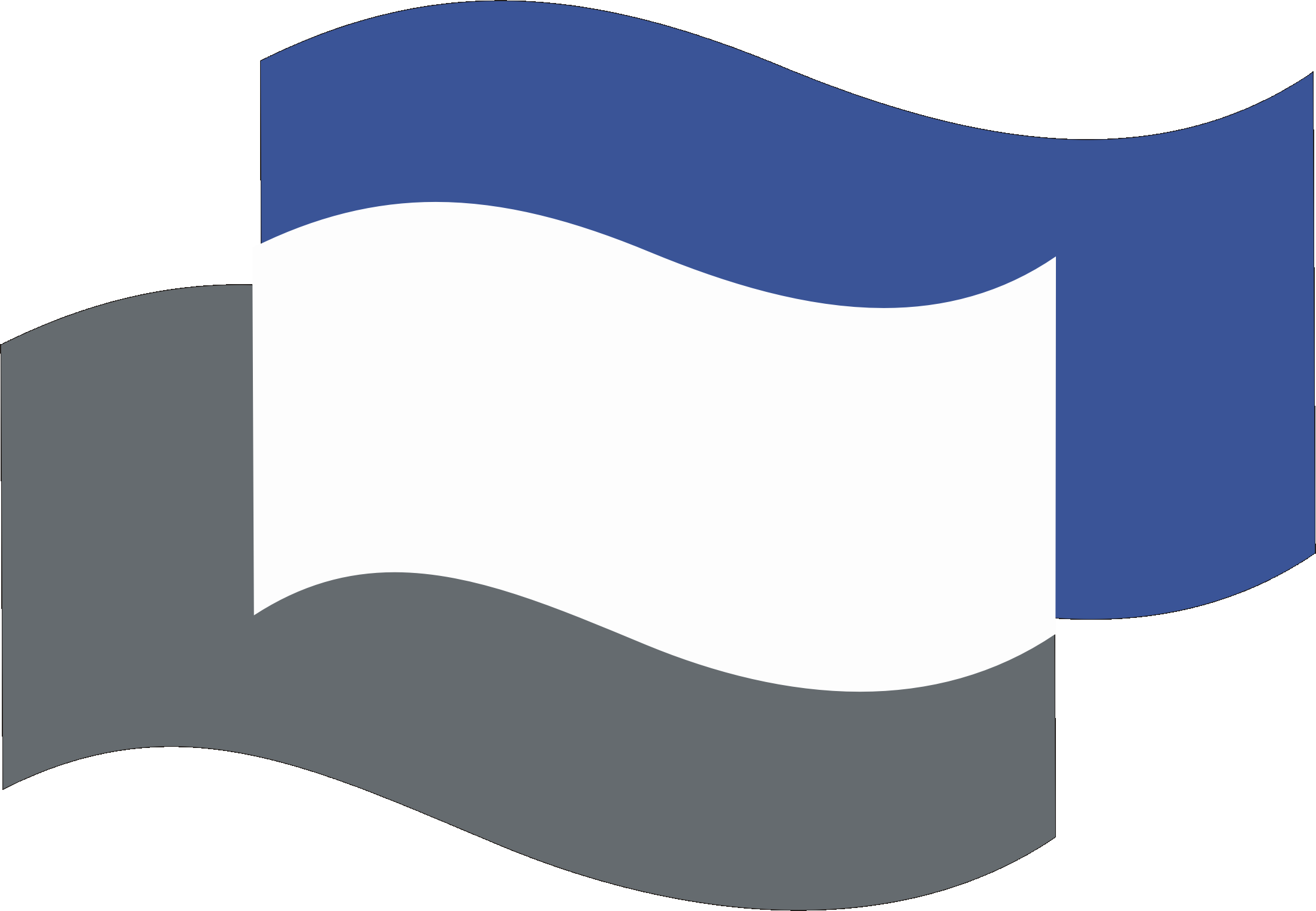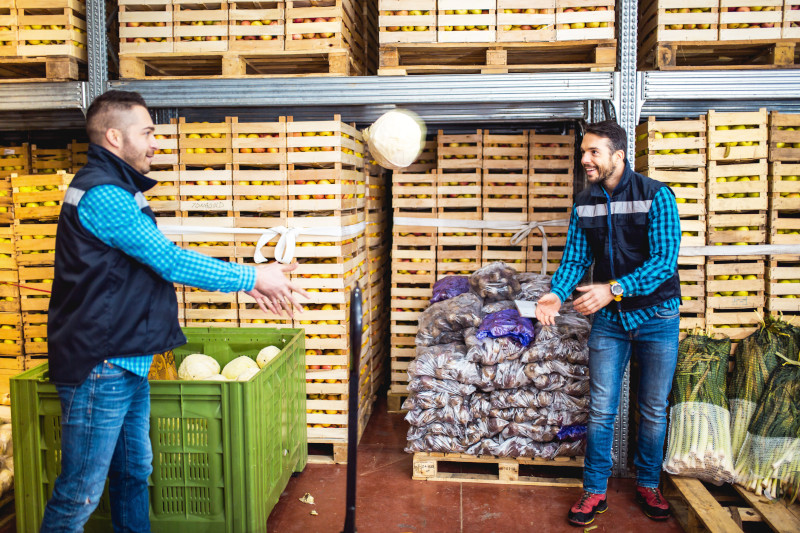Basic Purchasing Skills for Managers and Managers in the Food and Beverage Industry
Workshop Description:
In general, the certification provides that during 10 school hours the student can acquire a broad overview of basic skills in the institutional purchasing process. Administrative processes, purchase identification, product selection, inspection, receipt, payment, distribution, prices, and evaluation of the process are discussed.
General Objective
- Identify the components of a purchasing system in the Food and Beverage Service.
- List the quality requirements of a product.
- Prepare specifications for food and equipment.
- Make decisions to negotiate and set prices.
- Explain the process of placing a purchase order.
Thematic Content Distribution
Lesson #1 – Introduction to institutional food purchasing, quality requirements, and vendor selection.
Description:
In this first lesson we will identify the terms of buying and selecting a food or service. There are many purchasing activities that go hand in hand in the process of acquiring a product or service.
Objectives of the week
- Identify the difference between buying and acquiring a product.
- Establish the process of acquiring the correct product.
- Establish healthy and ethical purchasing practices.
- Explain the external and internal factors that affect the purchasing process.
Duration time:
2 hours/ week
Learning activities:
- Identify a job description of a buyer in the food and beverage industry.
- Read the 9 steps of the buying process.
Assessment:
- Group work in a small operation.
Learning resources:
- Buyer's Handbook
- Power Point on purchasing processes
- Recommended readings
Power Point- summary of the purchasing process
Purchasing overwiew (2).pptx
Experiences of a buyer
Evaluation activities:
- Apply the reading of the 9 steps of the purchasing process in a small operation.
Lesson #2 – Requirements when buying food and materials
Description:
Identifying the quality standards of a product is the basis for creating specifications that meet customer needs. This lesson breaks down the important points when writing a job description for a salesperson.
Objectives of the week
- List the data that must be included in a specification.
- Prepare a specification sheet for a commercial product.
- Perform a Make or Buy Analysis.
Duration time:
2 hours/ week
Learning activities:
- Reading a specification of a commercial product.
- Identify food groups and equipment.
Assessment:
- Written assignment on Make or Buy Analysis
Learning resources:
- Buyer's Handbook
- PPT of a product specification
- Recommended reading
Example of a specification:
Especificaciones para manzanas.pdf
Evaluation activities:
- Prepare a specification for a product or equipment.
- Buyers should periodically perform a Make – or – Buy Analysis exercise, this is necessary for those more expensive products, so they can reduce costs and time. An example of a Make – or – Buy Analysis: Carefully read a recipe, its ingredients and the cost of each. Determine if you would produce the product or buy it and why.
Lesson #3 – Necessary knowledge prior to the purchase order.
Description:
Identify quantities, predict adjustments, establish performance and are necessary data before preparing the purchase order. The computations must be as correct as possible to avoid losses.
Objectives of the week
- Identify the importance of the quantities to buy.
- Determine different ways of computing the quantities to buy.
Duration time:
2 hours/ week
Learning activities:
- Carry out computational practices to establish the optimal quantities.
Assessment:
- Written homework. Prepare various ways of performing the computations.
Learning resources:
- Examples of procedures to identify quantities.
Important data for your calculations
Pesos y medidas (1) (5).docx
Evaluation activities:
- Practice exercises
Lesson #4 – Pricing
Description:
This lesson is an explanatory one on the prices, the negotiation and the possible discounts to obtain during the process of the purchase order
Objectives of the week
- Identify the factors that affect pricing.
- Identify the characteristics of an effective negotiation.
- Mention types of discounts
Duration time:
2 hours/ week
Learning activities:
- Do readings on the subject.
- Evaluate prices of the products most used by two businesses
Assessment:
- Written homework
Learning resources:
- Auction documents with their prices.
- Price data from companies that provide food and beverages.
- Review the product yield book (fruits and vegetables).
Evaluation activities:
- Compare prices for two auctions.
Lesson #5 – The Effective Buying Process
Description:
The purchase order must be structured and must provide the necessary information to the seller or shipper.
Objectives of the week
- List the steps for writing a purchase order.
- Identify the process of paused products.
- Identify types of contracts
- Evaluate new purchasing technology.
Duration time:
2 hours/ week
Learning activities:
- Analyze purchase documents of a company.
- Study the main concepts of a purchase order.
Assessment:
- Written homework
Learning resources:
- Examples of institutional purchase orders.
Evaluation activities:
- Create a structured and functional purchase order.
Bibliographical References
- National Restaurant Association, Manage First Program, Purchasing 2 ed. Pearson, New York.
- Feinstein, A., Hertzman, Jean et al, Purchasing 9th ed., Wiley , New York.

